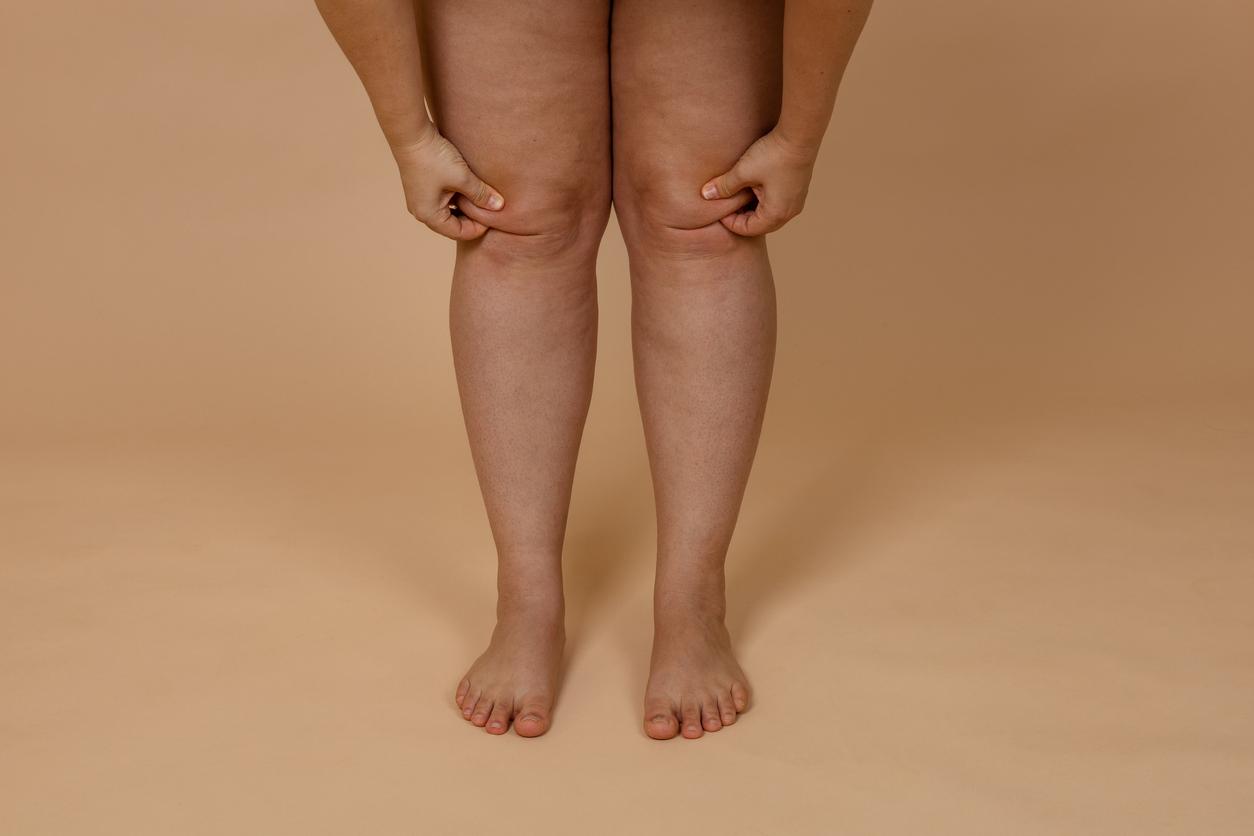According to researchers from the University of Pittsburgh School of Medicine, grafting into the sole of a patient’s foot who suffers from plantar fasciitisits own fat cells, would relieve the sharp and sometimes violent pain of fasciitis.
For their study, conducted on 14 patients with foot pain, the scientists took a small amount of fat from an excess area (the belly, inner thigh, or love handles) – then injected these fat cells into the bottom of the foot “near where the fascia inserts into the heel bone,” says study co-author Dr. Jeffrey Gusenoff. This minimally invasive procedure was performed under local anesthesia. After the injection, patients noted a “notable reduction in plantar fascia thickness and significant improvements in pain and quality of life,” Dr. Gusenoff said.
The acute form of plantar fasciitis can be very painful. “About one in 10 people will develop plantar fasciitis in their lifetime. When you get up from a sitting position or when you put your foot on the floor upon waking, you feel a sharp, burning pain that some people describe as being like a nail going through their heel,” explains the doctor. Usually, relieving pain involves prescribing anti-inflammatories, wearing suitable insoles or heel pads, or manual therapy.
This new treatment could provide relief to patients who suffer from a chronic form of plantar fasciitis. “In the fat there are stem cells and growth factors that help bring in fresh blood, resulting in a pain-inducing way of healing lesions with reduced scarring. We use a blunt needle to puncture the plantar fascia, which creates a small wound to stimulate the healing process. Then, when we withdraw the needle, we inject some of the patient’s fat.”
Source : Perforating Fat Injections for Chronic Plantar Fasciitis: A Randomized, Crossover Clinical Trial, Plastic and reconstructive surgery, January 2022
Read also :
- Heel pain: what is a heel spur
- Doctor, my foot hurts
- 5 things your feet say about your health


















